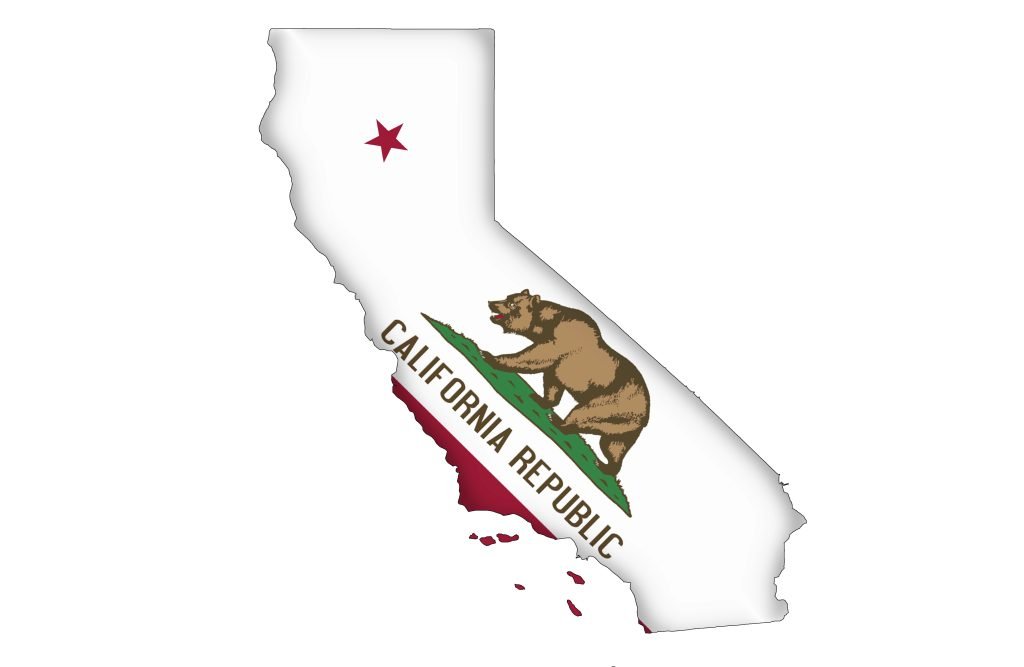In June 1884, a local farmer named Jan Gerritt Bantjes discovered gold on his property in a quiet corner of the South African Republic.
Though no one had any idea at the time, Bantjes’ farm was located on a vast geological formation known as the Witwatersrand Basin… which just happens to contain the world’s largest known gold reserves.
Within a few months, other local farmers started discovering gold… kicking off a full-fledged gold rush.
Just over a decade later, South Africa became the largest gold producer in the world… and the city of Johannesburg grew from absolutely nothing to a thriving boomtown.
This area is singlehandedly responsible for 40% of all the gold discovered in human history – some 2 billion ounces (or $2.6 trillion of wealth at today’s gold price).
And while the Witwatersrand Basin is still being mined to this day, it’s not as active as it used to be.
Gold production in Witwatersrand peaked in 1970, when miners pulled a whopping 1,000 metric tons of gold out of the ground.
A few decades later in 2016, the same area produced just 166 tonnes– a decline of 83%.
That’s not unusual in the natural resource business.
Whereas it takes nature hundreds of millions of years to deposit minerals deep in the earth’s crust, human beings only require a few decades to pull most of it out.
This creates the constant need for mining companies to explore for more and more major discoveries.
Problem is– that’s not happening. Mining companies aren’t finding anymore vast deposits.
According to Pierre Lassonde, founder of the gold royalty giant Franco-Nevada and former head of Newmont Mining–
If you look back to the 70s, 80s and 90s, in every one of those decades, the industry found at least one 50+ million-ounce gold deposit, at least ten 30+ million ounce deposits, and countless 5 to 10 million ounce deposits.
But if you look at the last 15 years, we found no 50-million-ounce deposit, no 30 million ounce deposit and only very few 15 million ounce deposits.
So where are those great big deposits we found in the past? How are they going to be replaced? We don’t know.
Bottom line: gold discoveries are dwindling.
Part of the reason for this is that mining companies aren’t investing as much money in exploration.
According to S&P Global Market Intelligence, major mining companies (excluding those in the iron ore business) have been cutting their exploration budgets for years.
By the end of 2016, exploration budgets hit an 11-year low.
And this has clearly had an effect on new discoveries.
This is all because the gold price has been relatively flat for the past several years.
Investors have lost interest. And the mining companies, eager to cut costs, have pared back their exploration budgets as a result.
But this is where it gets interesting: natural resources are cyclical. They go through extreme periods of BOOM and BUST.
When gold prices are high, major mining companies scramble for new discoveries.
Eventually when they start mining those deposits, though, the supply of gold increases, pushing prices down.
As the price falls, the miners’ profit margins fall, which causes investors to lose interest and the miners to reduce production.
This causes supply to fall, prices to increase, and the cycle starts all over again.
In a way it’s almost comical. And that brings us to today. Well, technically yesterday.
We’ve been seeing for more than a year that interest rates have been rising.
Yesterday afternoon the yield on the 10-year US Treasury note surpassed 3% for the first time since 2014.
And oil prices have been rising steadily as well.
Financial markets don’t like this combination– it means that inflation is coming. Big time. And stocks plummeted worldwide as a result.
Now, that immediate reaction was probably a bit too panicky.
But the deep concern that inflation is coming (or has already arrived) is completely valid.
Inflation is a HUGE problem. And the traditional hedge in times of inflation is GOLD.
But remember– new gold discoveries have collapsed in the past 15 years.
And, as Lassonde said above, there are few discoveries on the horizon to make up the difference.
These companies can’t just go out and start a new mine, either. Even if they found a promising deposit, with all of the bureaucratic red tape, it would take seven to nine years to start producing gold.
So when demand for gold really starts to heat up, the supply won’t be there.
And this could really cause the gold price to soar. (Silver could rise even more… but we’ll save that for another time.)
Now, there are plenty of small, highly speculative companies, known as ‘junior miners’ who specialize in exploring for new deposits.
And when the gold market is in a frenzy, juniors with great deposits tend to be acquired at ridiculous prices by the major miners.
Now, I’m not suggesting you load up on junior miners– you can make a lot of money if you know what you’re doing, and LOSE a lot of money if you don’t know what you’re doing.
These are tiny, extremely high-risk companies often run by sharks and con-men.
As Doug Casey writes in his novel Speculator, they’re great and taking YOUR money and THEIR dream, and turning it into THEIR money and YOUR dream.
Fortunately there are safer ways to take advantage of this looming imbalance between supply and demand in the gold market.
Physical coins are an easy option.
Gold coins typically sell at a price that’s higher than the market price of gold– to account for the work involved in minting the coin.
This price difference is known as the ‘premium’.
And when gold becomes popular, the premiums often increase too.
This means you can make money both from the rise in gold prices, as well as the increased premiums.
Avoid anything obscure– stick to the most popular gold coins like Canadian Maple Leafs.








